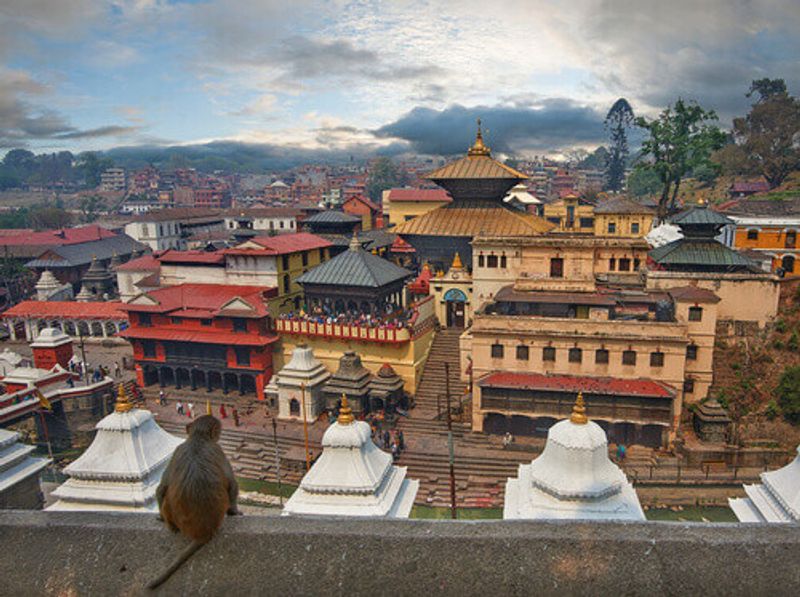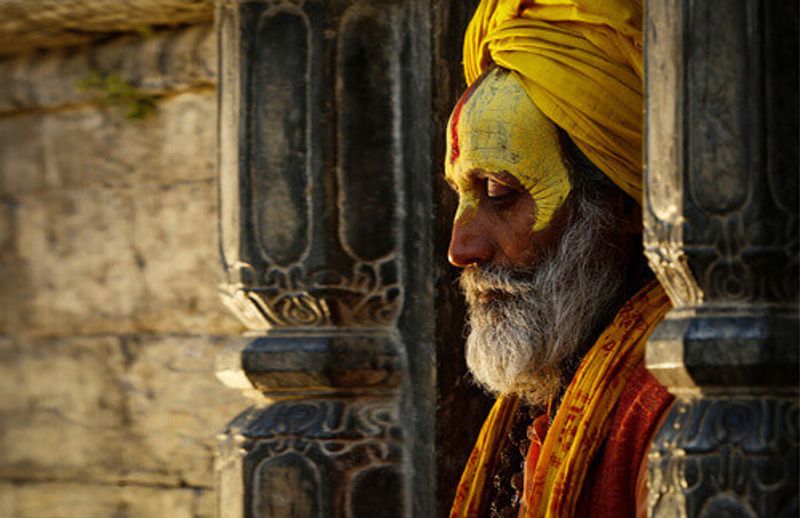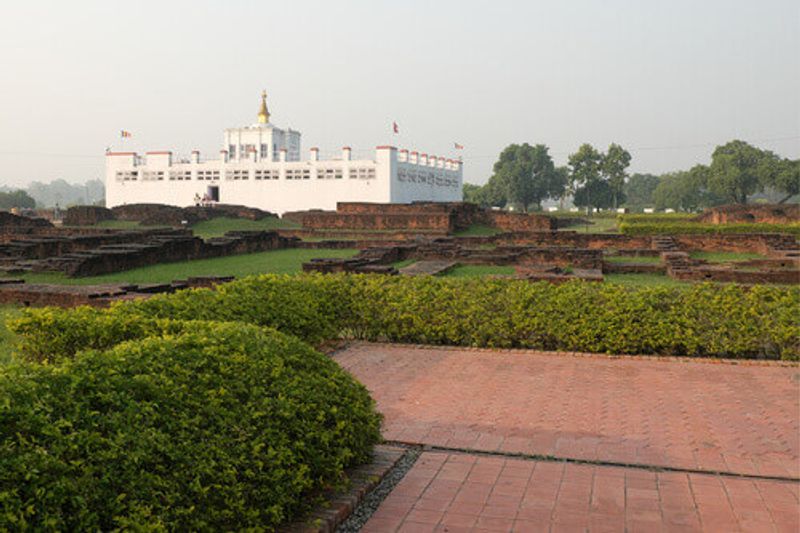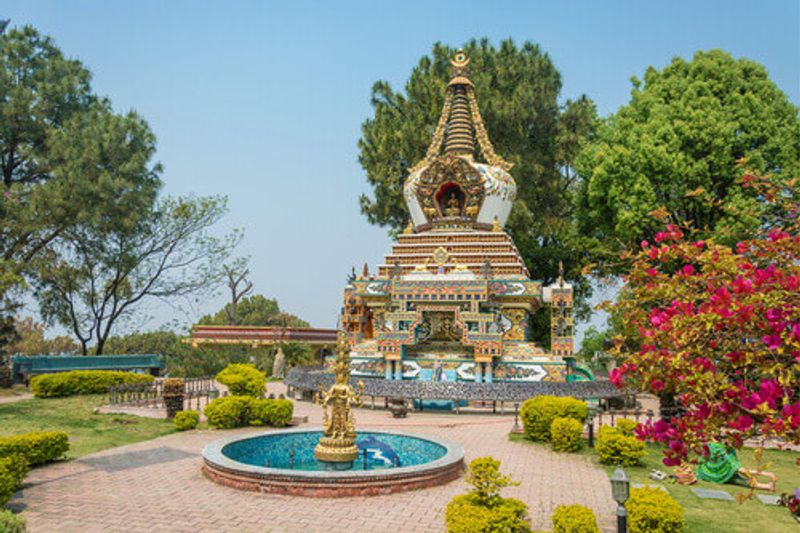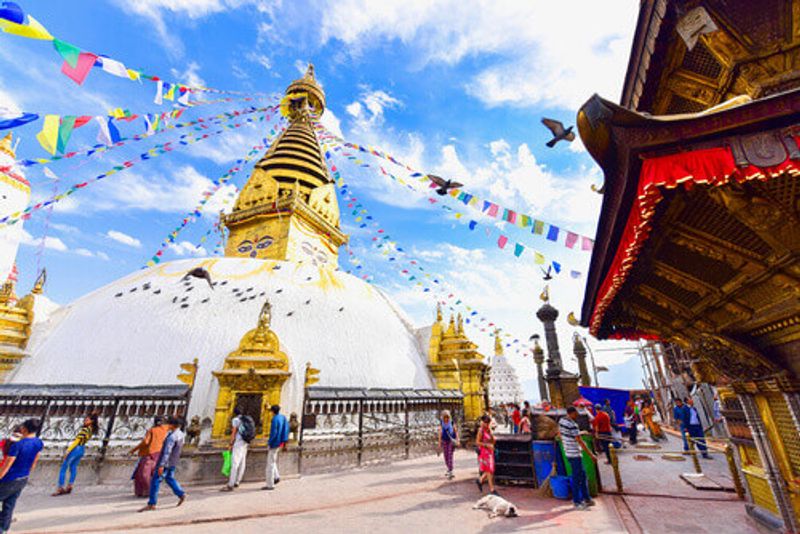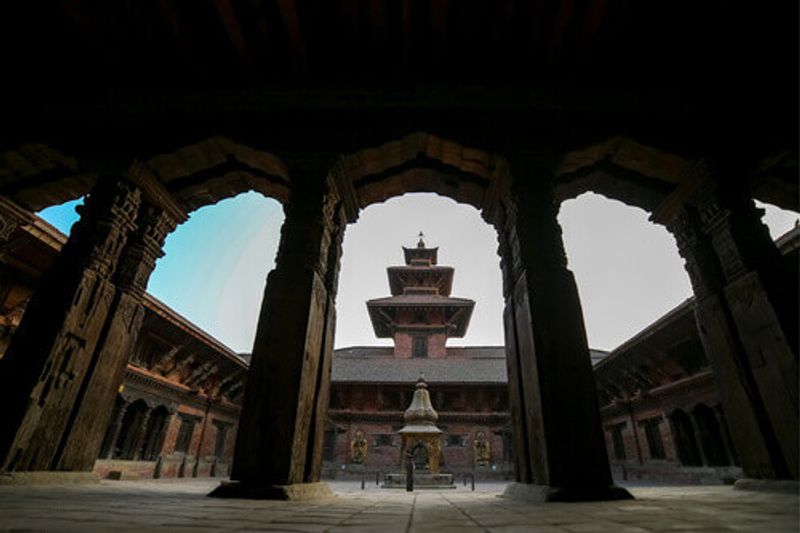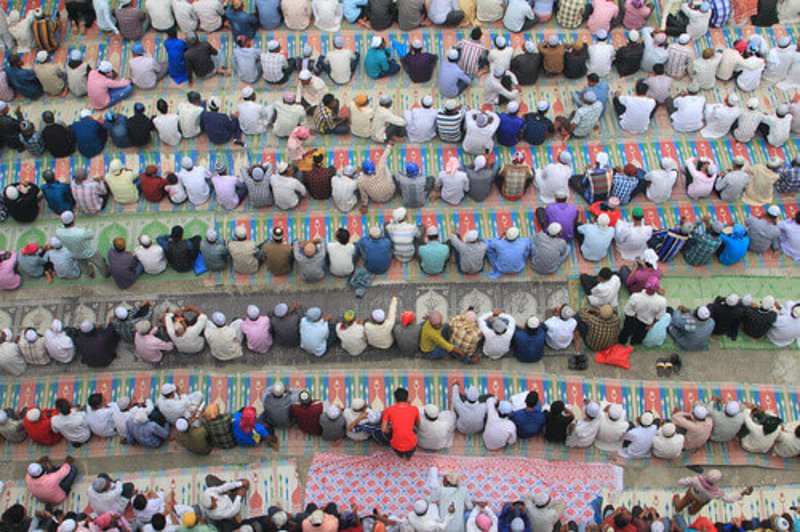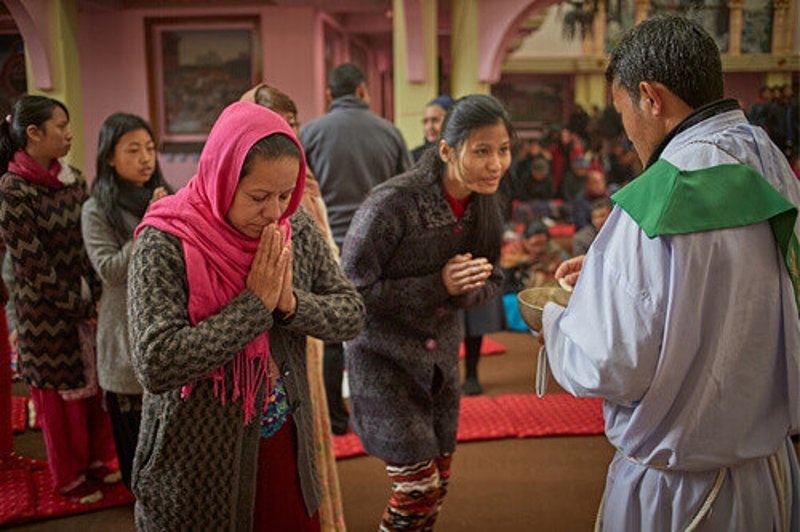Nepal is a religious place - from Buddhism to Hinduism to now Communism, we look at how the country’s religions have evolved
Hinduism and the early years (2000 BCE)
Hinduism was thought to have originated around 4,000 years ago in India’s Indus Valley. From there it gradually spread across the south Asian continent to include present day Nepal. In these times, there were no national borders but various kingdoms and fiefdoms ruled over small groups of people. Hinduism was brought from the Indus Valley to the northern Kathmandu Valley at some point around 2,000 BCE. The story goes, that a sage called Ne moved to the Kathmandu Valley where he performed religious ceremonies – known as Pala – to protect the inhabitants. This led to one of the many possible origins of the country’s name: Ne Pala – or protected by Ne.
Over 81% of Nepalese today identify as Hindu and the Hindu God Shiva is the Guardian deity of the country. The oldest Hindu temple in Nepal and one of the most holy sites in Hinduism is the Pashupatinath Temple, on the banks of the sacred Bagmati River, which was originally built in the 5th century. It is here that bodies of the recently departed are put on ghats to be burned before their ashes swept into the Bagmati River. Colourful Sadhus – or Holymen – covered in ash with long hair and painted faces are dotted around, offering prayers or studying sacred texts – as ever-present today as they were 1,500 years ago.
The birth of Buddhism (500 BCE)
The teacher and monk Siddhārtha Gautama was born in the 5th century BCE in the Nepalese town of Lumbini. Gautama would go on to found a new religion called Buddhism and be known simply as ‘Buddha’. His birthplace Lumbini has now become one of the most holy pilgrimage sites in the world and houses 25 Buddhist monasteries. Of them, Mayadevi Temple is the most holy, dating back 2,200 years and said to be built on the exact place Buddha was born.
Although only around 9% of the population are Buddhist, Buddhism is still actively practiced in the mountain regions. The ethnic Sherpa people who live high in the Himalayas are mostly practising Buddhist and many Buddhist Monasteries can be seen in the region including the Kopan Monastery outside Kathmandu, the Chhairo Gompa on the Kali Gandaki River, and the Tibetan style Amitabha Monastery. The incredible Tengboche Monastery in the Sherpa community has panoramic views of the Himalayas and Everest.
The merge of the religions (500 AD)
For the next thousand years Tibeto-Burman Buddhists would battle over territory with Hindu Brahmins in the foothills of the Himalayas and the two religions would often intermingle, even taking each other’s gods. Today, Hinduism and Buddhism are not seen as rivals in Nepal but merely variations on a similar religious history. In fact, it is not uncommon for both religions to worship at the same temple.
When peace comes, religions rise (1200 AD)
In the 12th century the Malla Dynasty dominated the Kathmandu Valley area and for the next 600 years these Hindu Brahmins oversaw a golden period of art and architecture, which produced some of the most impressive Hindu Temples that still stand today.
The 17th century Royal Palace in Patan, the five-story pagoda Temple of Nyatapola in Bhaktapur Square and the Old Royal Palace in Kathmandu are just some of the many marvels of Hindu architecture produced in the the Malla Dynasty that are dedicated to Hindu gods and adorned with intricate reliefs and statues.
The arrival of Islam and Christianity (1600 AD)
The peaceful Malla period also saw the arrival of the first religions from beyond the Indian Subcontinent. Islam arrived in the late 15th century as merchants from Kashmir, Afghanistan and even Persia, arrived to trade carpets, wools and other materials. Most Muslims remained in the southern Terai region, where nearly all of Nepal’s Muslims remain today. Making up just 4% of the population they remain a small minority but Islam has been in Nepal for over five centuries and mosques can be found in many southern towns.
As the Malla Dynasty prospered and blossomed, 1715 saw the arrival of the first Christians. Italian Catholic Capuchin Friars arrived as missionaries from Europe but they didn’t have long to convert the locals before they were expelled.
Unification, isolationism and a king (1800 AD)
While the Malla Dynasty controlled the Kathmandu Valley, the nearby Gorkha Kingdom was growing in strength and in 1768 Prithvi Narayan Shah, declared himself the Maharajadhiraja – the first king of unified Nepal. The Gorkha King Shah’s army – whose skill in war craft is still recognised in today’s Gerkhas – took control of the Kathamandu Valley and other neighbouring kingdoms unifying much of what we recognise as present day Nepal. The new Hindu King closed the borders, expelling foreigners including the Catholic missionaries.
The Shah King and his successors, battled hill tribes in the Himalayas, expanded north into southern Tibet and fought Britain’s East India Company in the south, in attempt to gain as much ground as possible. They succeeded on many fronts but after defeats to the British, the weakened Shah Royals ceded power to Prime Minister Rana who formed an alliance with the British and whose successors would go on to rule with an iron fist until 1951.
A revolution (1950 AD)
Following Indian independence and the return of a number of educated scholars who had studied abroad during the war years, Nepal had a revolution that saw the autocratic Rana Dynasty overthrown and a democratic government installed.
Although the Royal family remained, the country was ruled by a parliament and the closed doors of Nepal were opened as the new leaders asked for help rebuilding Nepal. A new wave of Christian missionaries answered that call but Christianity is practised only by a small number of people in the country. Although in recent years it has been growing, it is estimated that just 1.4% of the population are Christians.
The death of a monarchy and the rise of Communism (2000 AD)
Nepal in the second half of the 20th century saw a return of a ruling kingdom after the King Mahendra carried out a royal coup in 1960 and an end to multiparty democracy. But an alliance of leftist parties demanded a vote and by 1990 the constitution was changed and civil war was on the horizon as the leftist parties evolved into Communist parties who fought against the parliamentary monarchy.
In 2001, Nepal’s crown prince Dipendra, shot dead 9 members of his own family and took his own life in a tragedy worthy of Shakespeare. The monarchy struggled to recover and with the rising power of the Communist Maoists, by 2008, the 240-year-old Hindu monarchy was abolished.
Today, the newly Nepalese republic is a democracy with a Communist government in charge. Although it is a secular state, Nepal has retained its freedom to practise religion – in whatever form that may be.
